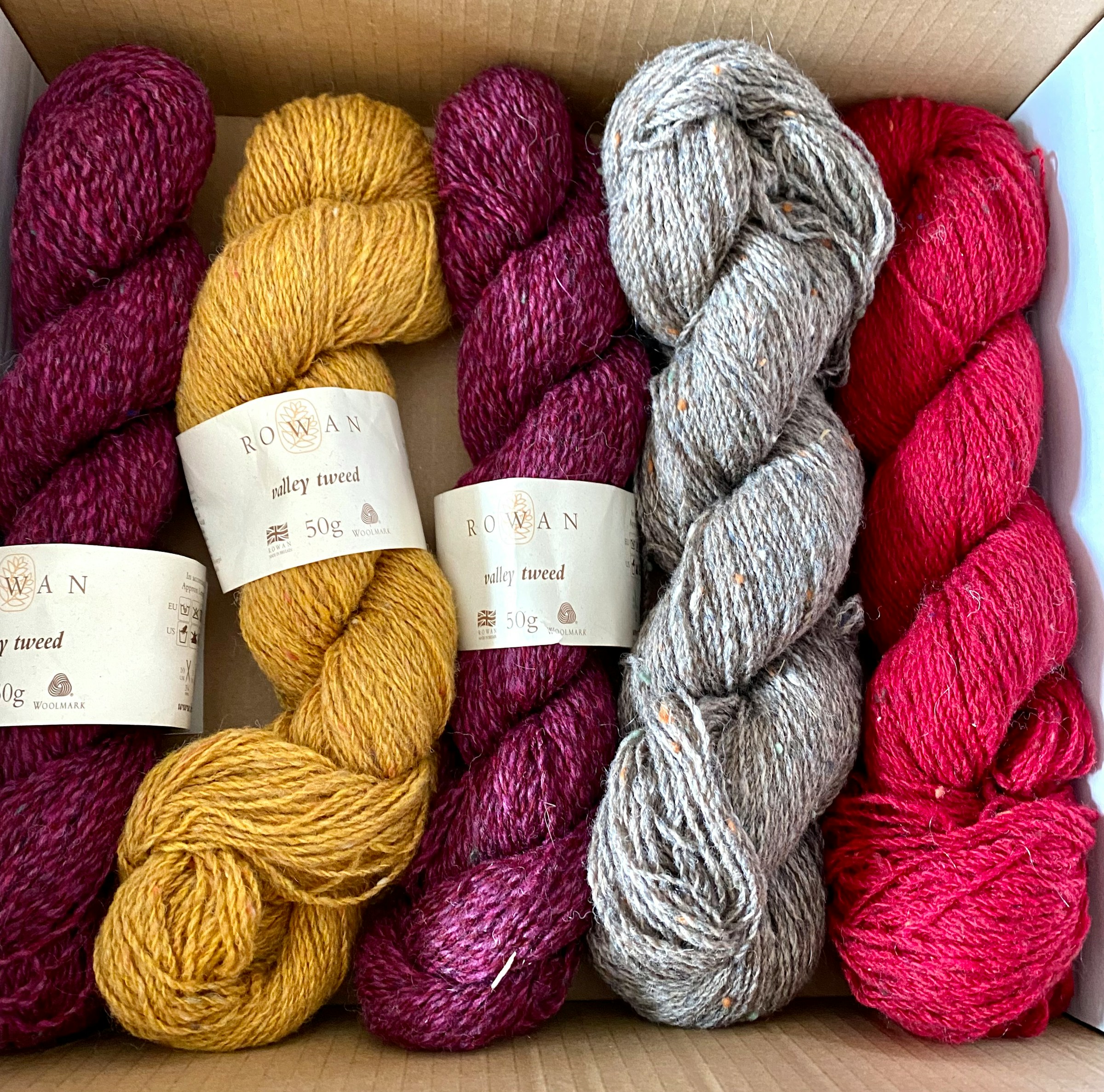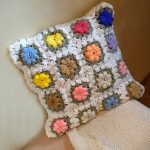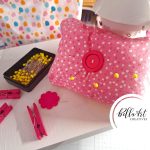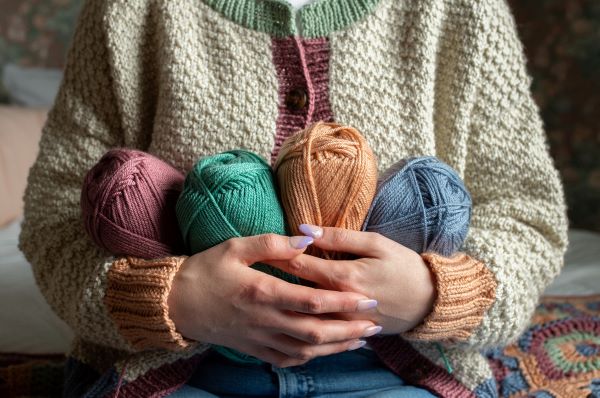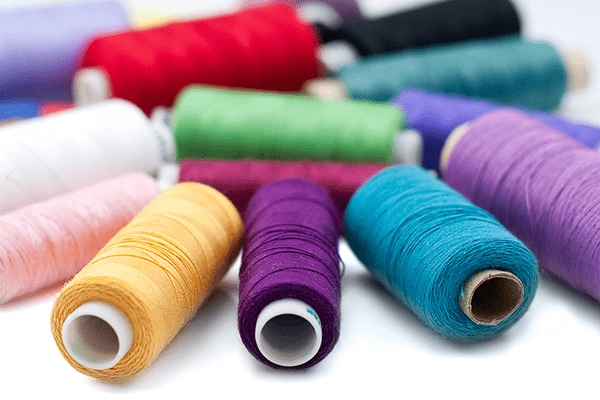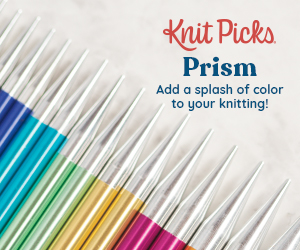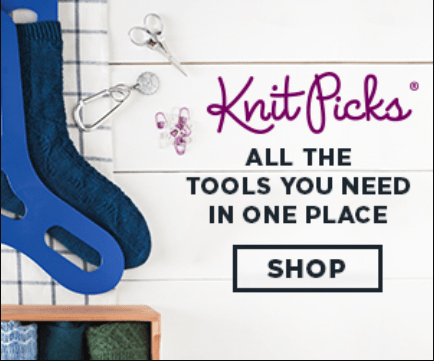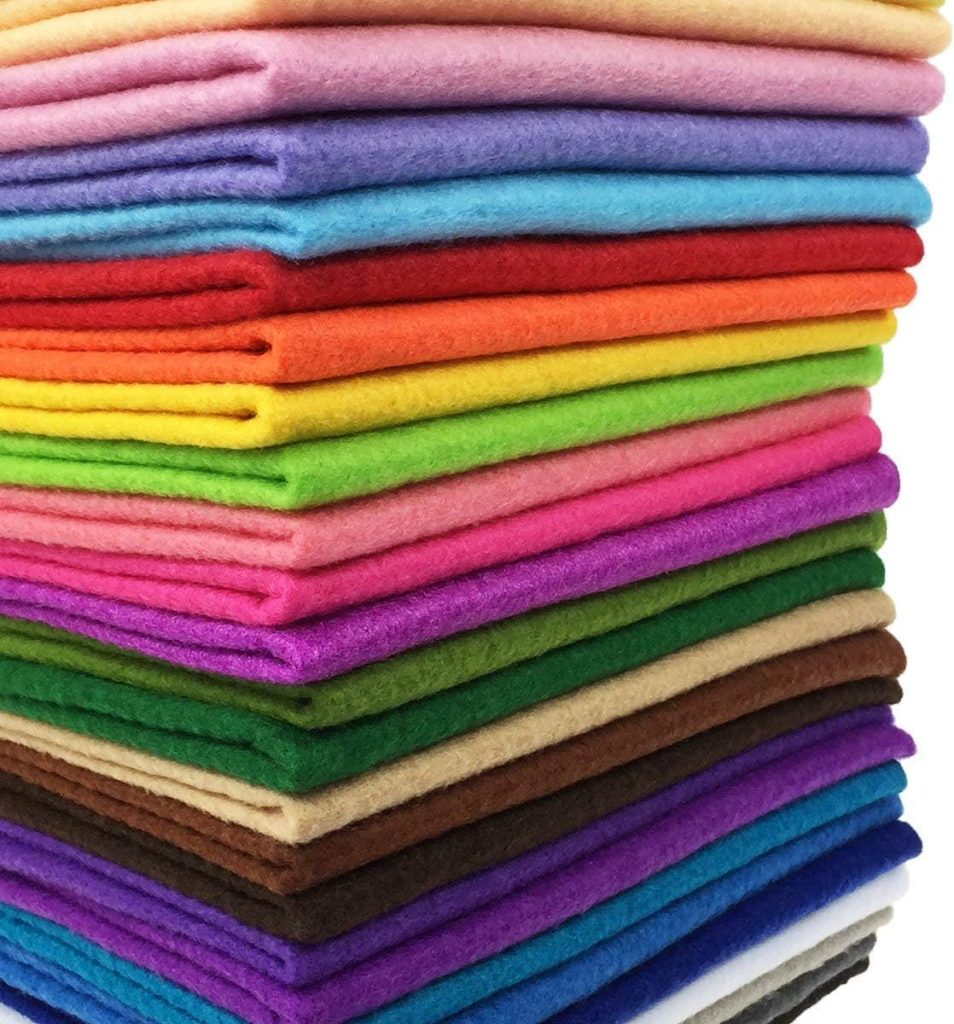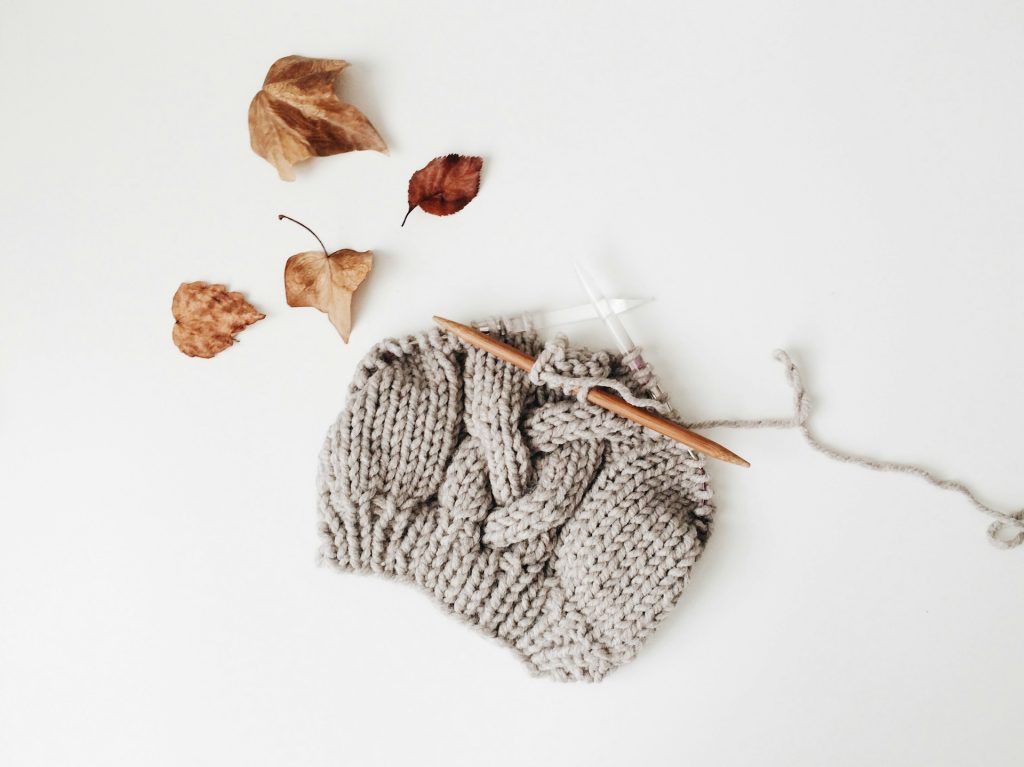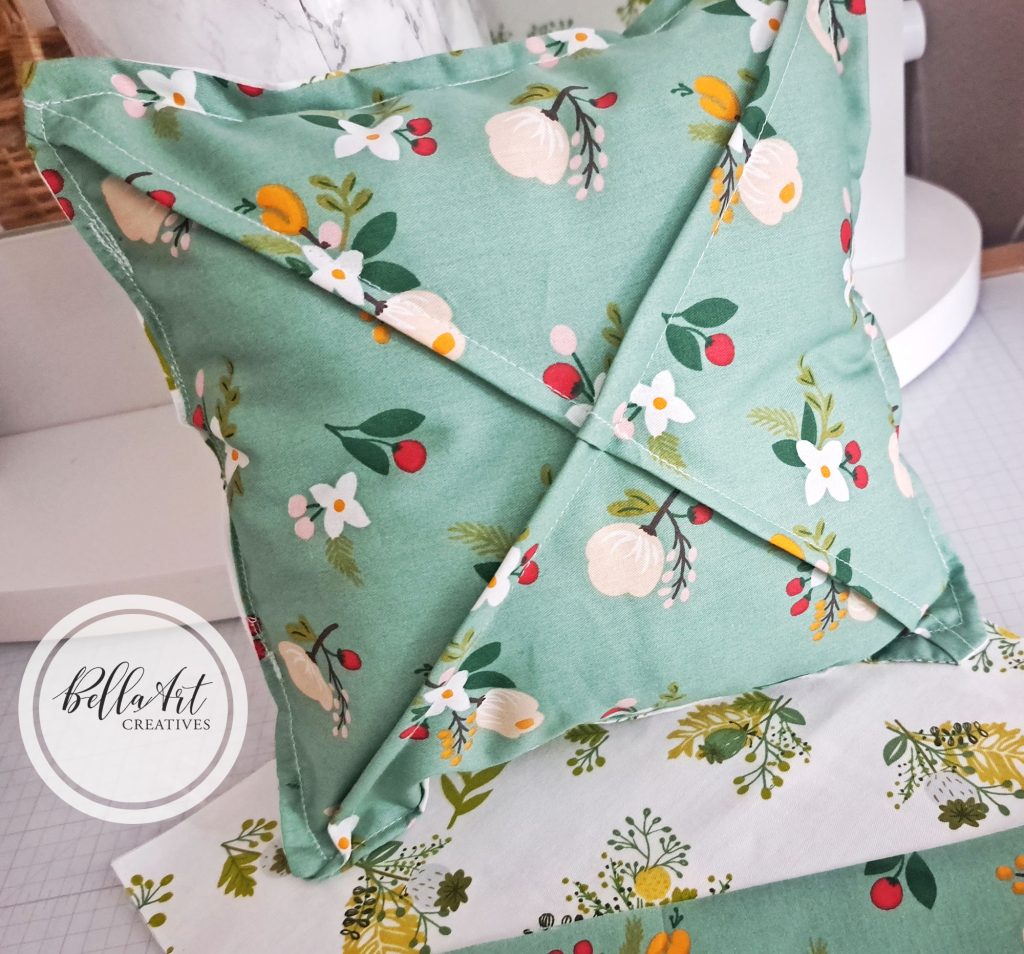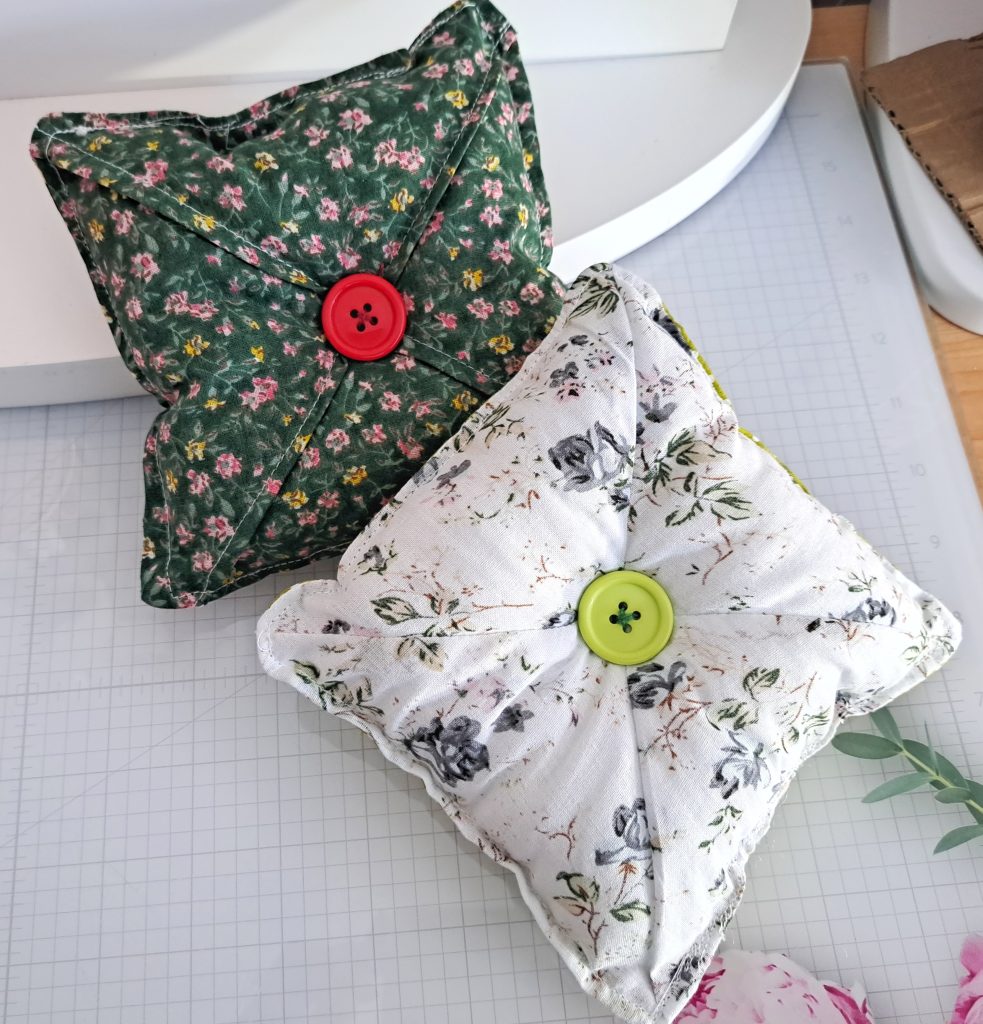Hi friends! In today’s post, I’m talking about selling and donating our handmade items. I’ve done both before and there’s a big difference between the two not just because selling is profit and donating is not but there’s other factors I’d like to share.
If you’ve been following me for awhile, you know that I started crafting at age 12 with crocheting and for many years that was my sole craft. I added knitting to the mix once we moved to Oregon and I joined the Women’s ministry craft classes in 2020. From there, it led me to cardmaking, paper crafting and felt stitching. My first experience with donating was the Christmas bazaar where we sold our makes to raise funds for our Women’s ministry.
At the Bazaar, we made and sold crochets, knits, plastic canvas items, baked goods, toys, blankets and home decor pieces all hand made. It was so much fun because all year long we were making for the Bazaar. We transformed the church break room into a boutique and we always had a fabulous Christmas tree! I brought in my full length mannequin (“Gurdy”) to model my wraps and scarves for the raffle. My mannequin heads (“Carlotta”, “Anna” and “Andrew”) modeled my hats. We always raised quite a lot of monies and it really helped us to build and maintain the Women’s ministry. The monies also helped us branch off into other areas like a church library, gift shop, etc.
We didn’t pocket that income, it went to the ministry and so the paycheck for me, was the satisfaction of what I made. It fulfilled a burden inside me to serve and use the talents God gave me. I served on this ministry for four years, but then life happened and it changed everything for me.
From Ministry to Business
At that time, my hubby are I were financially struggling. We were renting so our bills weren’t as high as it was in Florida, however he wasn’t able to bring in much money and it affected him greatly. Eventually, he filed for early retirement and re-opened his eBay store. He isn’t able to work an outside job for health reasons. I was making and paying most of the bills and the strain of that became a burden to our family particularly to him.
Things improved after his retirement and his eBay store began to help pay for itself. Still, I wanted to stop working a “9 to 5” job and work for myself again. So, I transitioned my handmade hobby into a handmade business. And it was very different for me starting with my thinking. I now had to think revenue, cost of goods, marketing to the right audience, all the things.
Making for Donating
Making for Donating considerations:
- The costs of supplies are up to the artist. Unless you’re a part of a group where people donate supplies like yarn, paintbrushes, canvasses, fabric or other materials, typically the artist has to have monies to buy their goods. For our church Bazaar, most of our items were donated so we could use those to make our pieces. We also did some shopping trips where we went to thrift and craft stores to purchase goods.
- There’s typically certain rules when making for charity. For example, when I made prayer shawls, I didn’t add fringe on the edges (i.e., pom poms, tassels, etc.) in case the wearer was in a wheelchair. That could cause a safety issue.
Also, I limited making things in wool, because some people are very allergic to it. I made my handmade cards very little to no dimension so that the card could easily be mailed. I left the inside of the card blank so the person could write their own message to their recipient. - Profit is usually not a consideration. If any donations are offered to the artist or charity group, it’s used primarily to reinvest to buy additional supplies and tools, but not as compensation or revenue hence the reason for making for charity.
- No tight deadlines. There may be a timeframe for certain charities like around the holidays but typically you can take as much time as needed to make something. I think hospitals, churches and other places are just so happy to have handmade items whenever they receive them.
- Freedom to create. I think there’s also a freedom when you make for donating/charity/ministry. There isn’t always as much pressure as it is when you have your own shop.
Other Making for Donating considerations:
Donating handmade items can be a fulfilling choice. The joy of giving back to the community significantly outweighs the desire to profit. Organizations like shelters, hospitals, or community centers often seek handmade items such as blankets, hats, or toys, providing crafters an outlet for their creativity while benefiting those in need and this can easily turn into a regular ministry.
I donate my greeting cards to the Cards for Kindness organization, because I don’t want to house my cards in boxes that sit on a shelf and get forgotten about. It makes me feel good to know my cards are going to a worthy cause.
Donating can cultivate a sense of connection and purpose. Many crafters say that knowing their work positively impacts someone else’s life enhances their crafting journey. Some of us crafters (me included) suffer from anxiety and/or depression and making with our hands to gift them to someone in need gives us satisfaction and a sense of purpose. Whether it’s contributing to a charity auction or providing comfort to those facing hardships, donations foster a spirit of generosity that resonates deeply within the crafting community.
Donating also builds community with other likeminded crafters. I’ve met some sweet friends through sharing my makes on Instagram and Facebook. It’s not like in business where you’re competing. Some crafters in business collaborate but in the end, you’re still competing within the same market. In the world of gifting, the crafty community is so encouraging to each other. I find it to be a safe place to share to be part of.
Making for Selling
Selling handmade items can be a rewarding venture too, both creatively and financially. Selling our makes provides a way to master our skills, turning a passion into a small business. And, platforms like Etsy, Shopify, local craft fairs and social media helps us reach broader audiences. By selling items, we can potentially earn enough of a profit to recoup costs allowing us to reinvest in our business.
I opened my first online store on Etsy where I sold my crochets and knits, plus I sold at local art fairs and had a permanent rack at our Art Center where I sold scarves, hats and greeting cards.
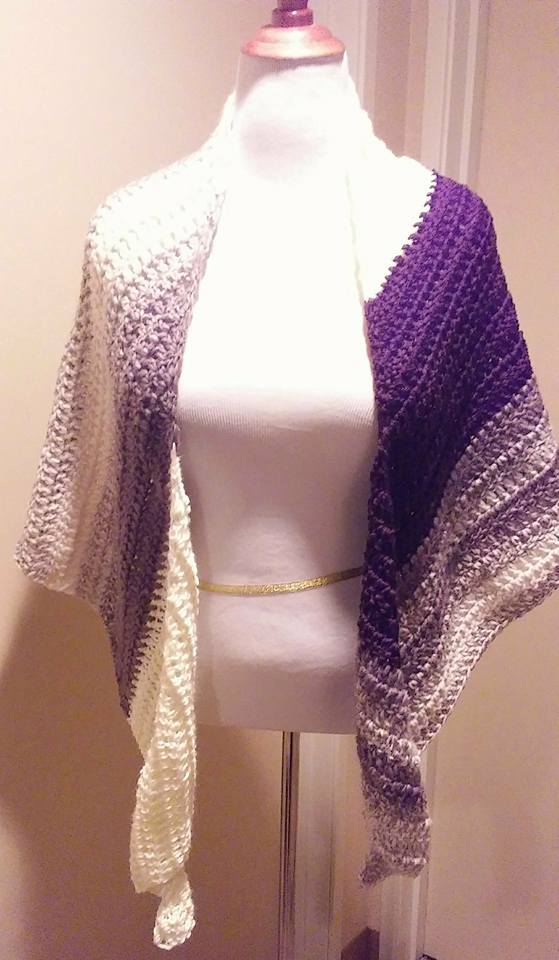
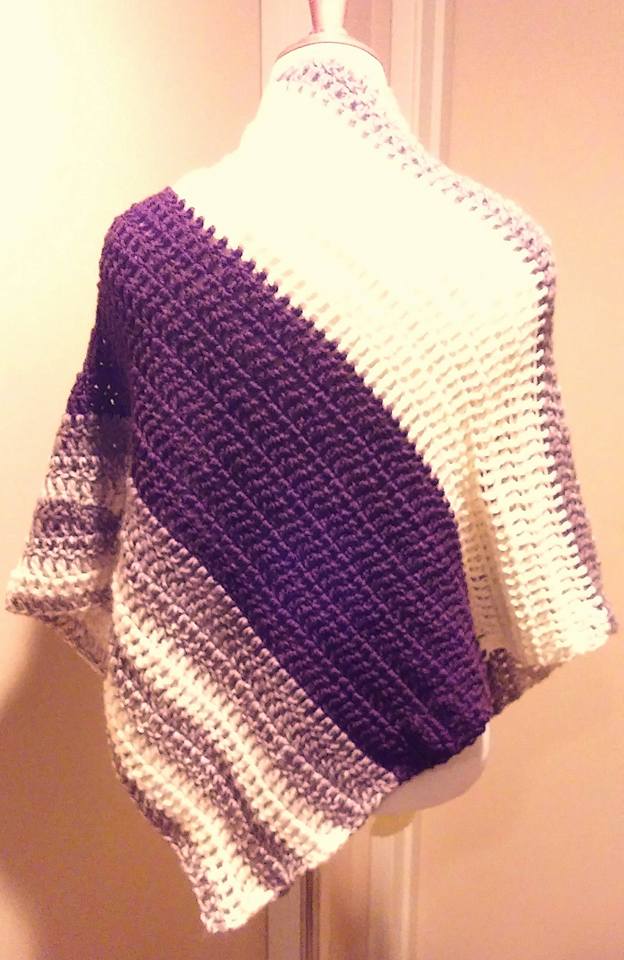
This is a picture taken several years ago of a crochet wrap I made for sale. This piece was my first crochet “boomerang” wrap that I sold for $25 at my local art center. Forgive the bad photography! I finished it late at night and just grabbed my cell phone to take some quick pics!
I made it with Caron Simply Soft yarn, it was my new fav for shawls. This was a really easy pattern because you’re only working one side of the shawl throughout the whole pattern and it gives an asymmetric shape.
Making for Selling considerations:
- Increasing inventory. With a business, I had to consistently make new items for my shop. Customers want to see you keep up with new trends and they’re always looking for something new and unique. That can add additional pressure especially if you don’t create full time.
- Pricing items for sale. As a handmade artisan, you don’t want to price yourself out of the market, but you want/need to show a profit so pricing items can be tricky. I never charged for the time it took me to make my items. I typically priced my items to cover the cost of goods with a 1% over for shipping/handling so I really didn’t pay myself. That was one of my mistakes.
- Staying competitive with the competition. With charity making, you’re not competing for profit with other crafters. But, when you’re selling on a platform like Etsy, Shopify, Ecwid or your own website, you have to pay attention to your competition.
- Keeping current with technology. Technology plays a huge role when you selling online and it changes constantly. Even if you’re not tech savvy, it still is important to understand how to build a website, how to effectively use social media and how to use SEO (search engine optimization) so that potential customers can find your shop when they use browsers like Google search when they looking to shop.
I found that selling my items gave me a different sense of satisfaction than charity. When a customer purchased an item from my shop, it made me feel valued and appreciated as an artisan, that they believed my scarf, wrap, hat, or whatever it was, was worth paying for.
When I sold for ministry, like at our annual church bazaar, buyers who purchased my items did so to support our group as a whole and they didn’t know who made that item. We were only there to answer customers’ questions, not to sell ourselves as artists, but it’s not the same as when you rent a booth or table space at an art, crafts fair and you’re there to sell yours and only your items.
When I sold at my local Art Center, I was on a timeline to get new items on my rack and so I had to make time to crochet and knit in between my day job. So, I typically worked on my handmade items at night. That’s something you have to consider when owning a handmade business, is allowing enough time in your schedule to make your products.
Other Making for Selling Considerations:
- It’s essential to recognize the effort involved in selling. Marketing, managing inventory, handling customer inquiries and shipping items can be time-consuming.
- Setting prices that reflect both the time and materials put into making an item can be challenging, particularly in a competitive market where buyers often seek deals. This is something I wish I had done.
- As a crafter, being patient and persistent is crucial to building your loyal customer base.
Making the Choice to Sell or Donate
For me, I sold my crochets/knits for a few years and the reason I couldn’t continue was because I injured my right shoulder and arm. I was out of commission for about 9 months. While I wasn’t able to make, I sold what I could and gave away the rest but my business came to a halt and it closed down.
While I was in recovery, I did a lot of soul searching and praying. I journaled during this time about my feelings leaving yarning behind. I remember feeling sad and lost. However, when the director of the Women’s ministry at my former church asked me to make handmade greeting cards, I thought that would be a neat way to continue making while not creating stress on my shoulder.
Fast forward, I became a cardmaker and paper crafter and I loved it and still love it. It led me to build a community, make hundreds of cards leading me to sell them on Etsy. I did this for a couple of years. However, another setback…my expenses outweighed my income and I couldn’t stay in business. So, I ended up with hundreds and hundreds of cards that I couldn’t sell.
A New Product Line Born
Still searching for some kind of way to keep my handmade business, I began doing a lot of researching. It led me to digital products that I could sell on Etsy and hopefully produce a regular passive income. So, I started with creating wall art. I love nature, particularly flowers, so I signed up for a couple of sites that offer digital art that I could buy and alter then resell.
I studied their terms of service, and I created “Kim’s Studio Art” on Etsy and on my own website that I built from scratch. My product line was mainly wall art in many categories but extended to digital calendars and planners. I loved this shop so much because once I was done with my product, it could sit in my store indefinitely and keep selling over and over again. However…. yes here it comes…another setback.
Copyright is Important to Understand
I won’t go too much into this topic, but I can say that I began to get nervous about how I was producing my artwork. I bought and downloaded collections with commercial rights and spent hours and hours literally re-creating new artwork to sell. But, in the back of my mind, I wondered if I had altered the art enough so that you couldn’t tell what the original looked like. I was never 100% confident.
I saw other shops reselling some of the same collections I purchased without any alterations done and I heard of companies going after these shop owners taking legal actions against them for copyright infringement. Several shops were closed down by Etsy, other shops had to close because of the legal fees they had to pay out.
Websites that showcase these artistic items (i.e, clipart, illustrations, photos, planners, etc.) often obtain them from third parties, commonly from the original artists. Consequently, they do not guarantee that you have full authorization to use these images even if it comes with a commercial license. I find it’s best practice to contact the original artist and seek their permission to utilize their work.
The artist might even want to see your project and understand where you plan to use it before they grant you permission, rightly so. They wouldn’t want to see their artwork used in some kind hate or immoral way. The frustrating part was waiting for permission from the artist. This can be a daunting task, especially if you are not an artist or prefer to not create artwork from scratch for selling. And sometimes, you may not hear from the original artist at all.
Here’s my take: if you’re not sure if you should use a photo, digital product, illustration, etc., to sell, or do you don’t get permission from the original artist don’t use it! It’s not worth taking a chance, getting into trouble and hurting your business.
In my case, I did reach out to the original artist and the company where I obtained the collection and though they gave me the “go ahead”, I still didn’t feel 100% confident with this so I closed that shop. And, I felt better about my decision. It was a hard choice, but I was not an LLC and I couldn’t afford a lawsuit.
“Kim’s Earrings” was my last handmade business where I made earrings from faux leather. I invested about $400+ to purchase die sets to die cut the earring shapes, faux leather in all the colors and textures, heat press and accessories, jewelry tools, cardstock, business cards, heat transfer vinyl (HTV), jump rings, charms, etc., packaging/shipping supplies + a fabric die cutting machine to cut the faux leather.
I opened an account to sell on Ecwid.com (a great eCommerce platform). That was a monthly cost of about $35. I bought my domain name, created my website and I made some sales. For awhile, I enjoyed this product line.
However, two things happened: (1) I couldn’t compete in the market, my competitors were using materials that I couldn’t afford and there just wasn’t a market for my simple earring designs anymore. Trends change so quickly and if you don’t have a budget that you can draw from to expand, you get left behind; and
(2) My other reason for closing down was based on my faith (religious) beliefs. I felt convicted spiritually that I shouldn’t be making nor selling earrings. I am an Apostolic Pentecostal believer (Acts 2:38), I believe in modest apparel. I do like jewelry and wear my wedding ring and a few other rings but I felt strongly in my spirit that God just didn’t want me to make the earrings I was making. So, I closed it and donated all my supplies.
And the money I invested, God made it up to me in many ways. I kept my fabric die cutting machine because it also cuts cardstock. I use it for my cards and felt materials.
Finding my Place and some Balance
After losing my handmade businesses, it finally hit home that God wanted me to do this for a ministry and for myself. So, instead of keeping all those greeting cards I made in my drawers, I donated many of them to my local Humane Society and the others to the Cards for Kindness organization. I only keep in house cards that I send to friends or make for special occasions.
I don’t crochet/knit like I did years ago because of my shoulder, but I can make smaller projects for gifts. Also, hubby and I purchased our 1st home in 2024 and so I’m making a lot of things for home decor. We moved in without any furniture so we decorated entirely from scratch. I’ve made 2 and 3 tiered trays, risers, crates and even lanterns from wood and picture frames.
Finally, learning to sew will allow me to make things like placemats, hot pads, pillows and other items for my kitchen.
Wrapping it Up
Ultimately, the decision between selling and donating handmade items is a personal choice. Some crafters sell some pieces while donating others, allowing them to contribute to the community while still enjoying the fruits of their labor. Other crafters choose to turn their hobby into a business and still others choose to only donate their makes.
In conclusion, whether you choose to sell or donate your creations, both paths offer unique rewards. For your crafting journey, consider what matters most to you—whether it’s financial gain, community impact, or a blend of both—and let that guide your decision. Regardless of the choice, the heart and creativity behind each handmade piece will always shine through.
Tell me your thoughts by leaving a comment and thanks for reading!

